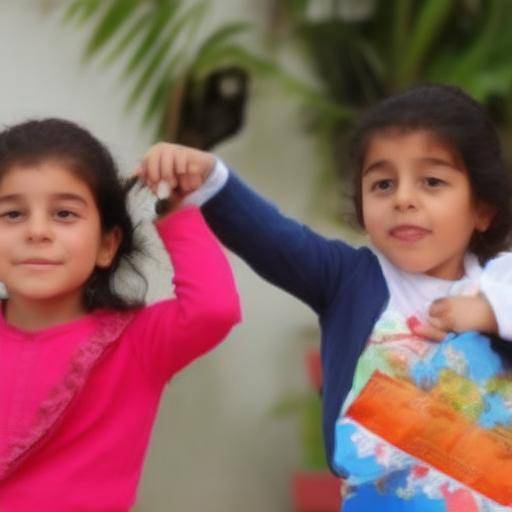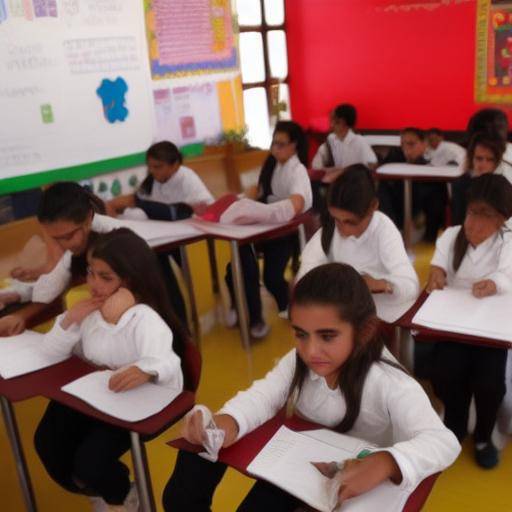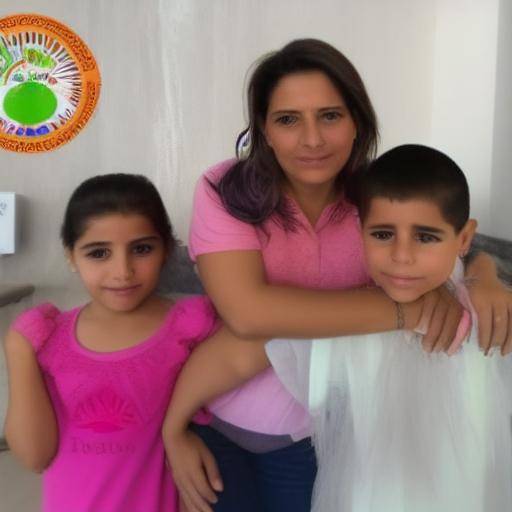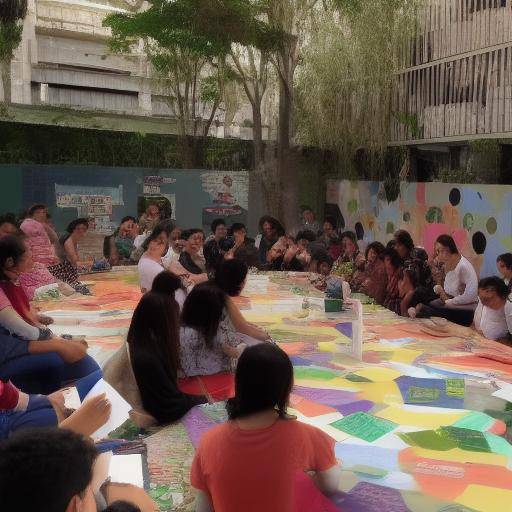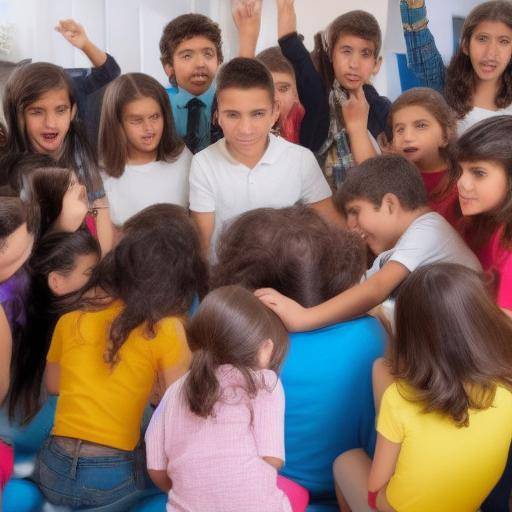
Introduction
In today ' s society, it is essential to transmit family history and traditions to new generations. In this article, we will explore the importance of teaching family history and traditions to children, as well as offering practical strategies to achieve it effectively and meaningfully. From the assessment of cultural roots to the consolidation of family ties, knowledge and understanding of family history and traditions provide a solid basis for the development of children. We will find out how to make this process enriching and meaningful to them.
History and Background
History and family traditions constitute the pillars underlying the identity of each individual. The transmission of these elements allows children to understand their place in the world and the evolution of their family over time. From past generations' stories to traditions rooted in the family, each element offers valuable lessons on the past, present and future.
The exploration of family history can begin from childhood, presenting children with the importance of their ancestors, the challenges they faced and the traditions they have endured over time. By understanding the history of their family, children develop a sense of belonging and appreciation for their roots.
Benefits of Teaching Family History and Traditions to Children
The transmission of history and family traditions to children brings many benefits. These include the promotion of self-esteem, the consolidation of family ties, the strengthening of cultural identity and the promotion of respect for previous generations. It also provides children with a broader perspective of their social and cultural environment, thus developing their empathy and understanding towards others.
Current Challenges and Trends
Addressing contemporary challenges in transmitting family history and traditions to children implies adapting to a constantly evolving environment. The influence of technology, changes in family dynamics and cultural diversity present challenges and opportunities for the effective transmission of these knowledge.
Analysis in Deep
The teaching of history and traditions familiar to children requires strategies adapted to age, context and individual interests. Integrating interactive methods, such as visual narratives, role games and visits to historical sites, can significantly enrich the learning experience. In addition, the narrative of family stories, the preservation of memories and the participation in traditions are activities that strengthen the family bond and instill a sense of identity in children.
Integrating the teaching of family history and traditions into the educational environment also plays a crucial role in the comprehensive training of children. Schools can incorporate interdisciplinary projects that allow students to investigate and share the history of their own families, thus generating a spirit of collaboration and understanding among peers.
Exhaustive examination
The intergenerational approach to the transmission of history and family traditions allows a unique connection between generations. Sharing knowledge and experiences among grandparents, parents and children is an enriching practice that strengthens the family tissue and contributes to the emotional development of children. It also develops an appreciation for the diversity of perspectives and experiences within the family.
Reflections of Experts and Industry
Experts on pedagogy, psychology and conservation of cultural heritage emphasize the importance of integrating the teaching of family history and traditions into the integral development of children. The specialists also emphasize the need to adapt educational strategies to the particularities of each child, respecting their learning rhythm and individual interests.
Comparative analysis
By comparing the teaching of history and family traditions, it is important to recognize both similarities and differences between these two spheres. While history focuses on the events, characters and evolutions that have marked the trajectory of humanity, family traditions reflect the practices, customs and values transmitted over time within a specific family.
Tips and Suggested Actions
To promote the effective transmission of family history and traditions to children, it is vital to consider a number of practical strategies. These include the development of family genealogical trees, the realization of visits to historical sites relevant to the family, the preservation of traditional culinary recipes, the celebration of family holidays and the creation of photographic albums that capture the significant moments of family history.
In addition, it is essential to encourage the active participation of children in the learning process by providing them with the opportunity to ask questions, share their own experiences and contribute to the family narrative. This allows them to feel active and valuable in transmitting history and family traditions.
Case studies and practical applications
The implementation of the above-mentioned strategies is illustrated through various study cases that show how families of different cultural backgrounds have enriched their children's experience by transmitting family history and traditions. These cases offer practical perspectives on family dynamics, obstacles overcome and rewards obtained from this educational approach.
Future Trends and Predictions
The current global environment poses various challenges and opportunities for the teaching of family history and traditions. Technological advances offer new possibilities for preserving and sharing family history in a more dynamic and accessible way. In addition, emerging multiculturalism poses new perspectives that enrich the experience of teaching and learning about family traditions.
Conclusions and FAQs
The value of teaching family history and traditions to children lies in the legacy that is transmitted, the strengthening of personal identity and family fabric, and the promotion of intergenerational respect and understanding. Recognizing the importance of these aspects and implementing concrete strategies, a strong family link and a sense of belonging rooted in shared history and traditions are encouraged.
Frequently asked questions
- How can I begin to convey family history to my children?
- What is the best way to preserve family traditions in the digital era?
- What is the importance of involving children in the narrative of family stories?
- How to address cultural differences by teaching family traditions?
- What are the long-term benefits of transmitting family history and traditions to children?
- How to adapt the teaching of family history and traditions to the various ages of children?
In short, in teaching the history and traditions of children, a lasting link with the past is forged, cultural identity is fostered and a solid foundation is built for personal growth. Recognizing the importance of this legacy and understanding effective strategies for transmitting, honouring and preserving the wealth of family roots for future generations.





